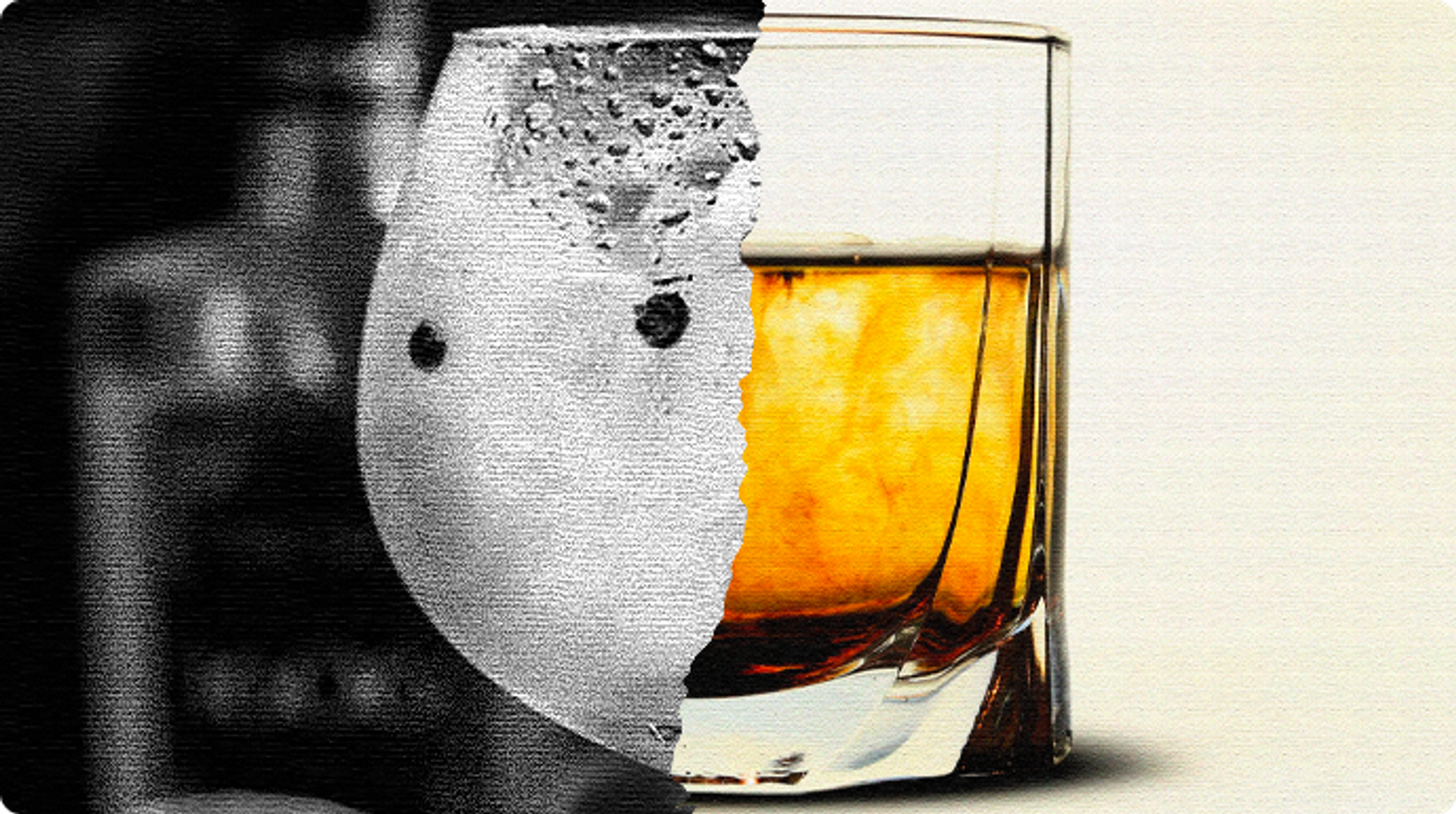Is rum really the new gin?

Izzy Payne
05.03.2024

Three years ago, gin was everywhere. You couldn't escape it. You’d go into a pub and be confronted with 40 different gins on the shelf to sift through, infused with every botanical, mineral, or vegetable you could think of. It was overwhelming. Everyone and their nan was on the gin.
While the gin craze appears to have plateaued, whispers suggest there's a fresh challenger eager to claim its spot on the drinks shelf.
Britain's gin boom was a thing of beauty for G&T lovers: so many choices, so many flavours, so many g’s to our t’s. But in the last year or so, big gin brands have seen a massive decline in sales. Leading the decline in value sales is Gordons, which reported a £72.8m loss on the previous year’s sales according to The Grocer. Other major players like Whitley Neill, Bombay and Tanqueray have all reported similar losses, having shed a massive £33.8m between them.
There’s a different category chomping at the heels of gin. The Drinks Business reported that business consultancy Maximise Market Research expects the global rum category to grow from $14.5 billion in 2022 to $20.2 billion in 2029 at a compound annual growth rate of 4.85%.
There is an overarching trend of drinking less in the UK that can’t be ignored when discussing gin’s fall from grace. To put it simply: people are drinking less. Since reaching a peak in the mid-2000s, alcohol consumption levels have been falling steadily, especially among young people. In fact, more and more young people are becoming completely teetotal according to recent findings.
Despite declining drinking levels, there is one trend that is continuing to grow: premiumisation. Despite the rising cost of living, people are still willing to pay for a premium drinking experience.
This trend goes hand in hand with the consumer demand for sustainability. With concerns for our environment growing as fast as flowers are sprouting in Antarctica, more and more people are prioritising sustainability when buying anything. So perhaps people are still drinking, but they’re doing it less frequently, and with better products. Enter, rum.
The trend for premiumisation is hugely prevalent within the rum category and has been an important driver of its category growth. In an article published by the Campari Group, it was reported that premium rum saw an 18% increase in value sales in the off-trade in 2021, compared to a declining standard rum category. The report also anticipated that growth will continue for premium rum, as consumers continue to show a greater appreciation for the quality of rum on offer, with the ‘drinking less but better’ trend playing an enhanced role. The same article detailed that over two-thirds of UK consumers reported they would spend more for a higher quality drink, with a third of these consumers drinking rum as a regular drink.
So rum might be the new fashionable spirit to enjoy but there is a larger trend at play here: premium is essential, and rum is the new black. The Neverbland team are loving Bone Idyll’s Bone Dry London Gin for something classic, or Las Olas’ Premium Spiced Rum for something special.
Related articles

Reaching your Peak Potential
4 min read


